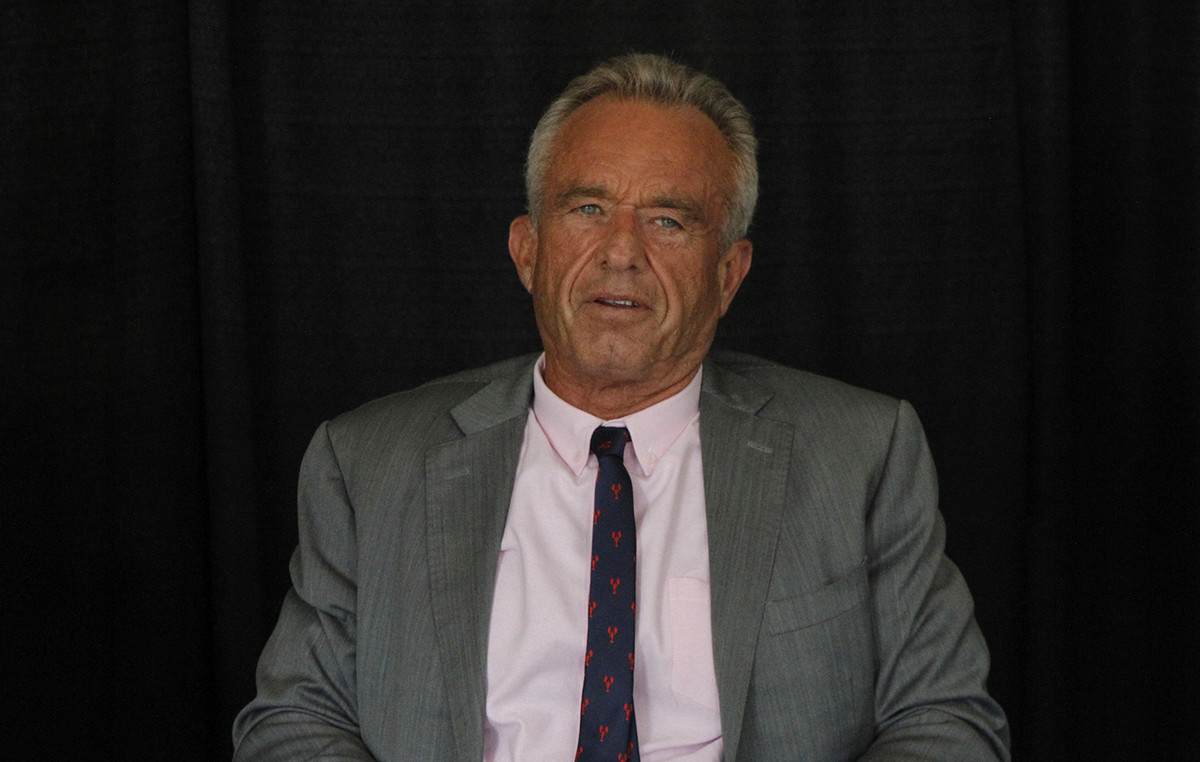- The dollar is collapsing as inflation figures decline on all fronts.
- Investors are ruling out any rise in interest rates and watching yields decline.
- The Dollar Index falls substantially, while major currencies advance against the Dollar.
He US dollar (USD) plummets on Tuesday following crucial US inflation data for October. Trade is rushing to sell the dollar now that yields are supposed to have peaked. As for the US Federal Reserve’s next steps, traders are predicting a 50 basis point rate cut by June of next year.
As for the calendar, the main event has already passed. Markets are very quickly ruling out any possibility of a rate hike that still persists, which means a substantial devaluation for the Dollar Index (DXY). Consequently, the DXY is trading almost 1% lower on its performance this Tuesday.
Daily Summary: US Dollar Breaks Important Levels
- Fed Vice Chairman Philip N. Jefferson, without headlines to retain.
- At 11:00 GMT the National Federation of Independent Business (NFIB) was published, which went from 90.8 to 90.7.
- In the United States, the Consumer Price Index for October was published:
- General monthly inflation went from 0.4% to 0.0%.
- Monthly core inflation fell to 0.2% compared to the expected 0.3%.
- The annual general inflation rate went from 3.7% to 3.2%.
- The annual core inflation rate went from 4.1% to 4%.
- After the figures were known, the Dollar devalued substantially, by 1% or more, against the Euro, the Chinese Yuan and the Pound Sterling.
- Chicago Fed President Austan Goolsbee will speak at 17:45 GMT.
- Stocks jumped higher with more than 1% gains for all three major US indices, assuming market conditions should begin to ease with the end of the Fed’s hiking cycle in mind.
- CME Group’s FedWatch tool shows that markets are pricing in a 94.8% chance that the Federal Reserve will keep interest rates unchanged at its December meeting. At the beginning of this Tuesday, expectations were almost 10% lower, around 85%.
- The 10-year US Treasury yield is trading at 4.44%, accelerating its decline as investors are reluctant to buy US bonds.
Technical analysis of the Dollar Index: The Dollar breaks down
The US dollar is falling like a stone after recent US CPI data contradicted warnings from US Federal Reserve Chairman Powell and the rebound in inflation expectations from the University of Michigan on Friday of last week. Already this Tuesday morning the Dollar Index (DXY) was showing signs of possible selling, as the price action closed below the 55-day simple moving average on Monday. The DXY is now trading in an air pocket that only sees support near 104.18.
The DXY was looking for support near 105.00, and was able to bounce above it early last week. Any unexpected development in global markets could trigger a sudden reversal and favor safe-haven flows into the US dollar. A bounce first to 105.85, a key level since March 2023, would make sense. A break above could mean a revisit to the vicinity of 107.00 and the recent highs recorded there.
On the downside, 105.10 has been surpassed and a lot of room is opening up on the downside. A large pocket of air is opening with 104.18 as the first major level, where the 100-day SMA may provide some support. Just below, near 103.58, the 200-day SMA should provide similar support.
Inflation FAQ
What is Inflation?
Inflation measures the rise in prices of a representative basket of goods and services. General inflation is usually expressed as a percentage of inter-monthly and inter-annual variation. Core inflation excludes more volatile items, such as food and fuel, which can fluctuate due to geopolitical and seasonal factors. Core inflation is the figure economists focus on and is the target level of central banks, which are mandated to keep inflation at a manageable level, typically around 2%.
What is the Consumer Price Index (CPI)?
The Consumer Price Index (CPI) measures the variation in prices of a basket of goods and services over a period of time. It is usually expressed as a percentage of inter-monthly and inter-annual variation. Core CPI is the target of central banks as it excludes food and fuel volatility. When the underlying CPI exceeds 2%, interest rates usually rise, and vice versa when it falls below 2%. Since higher interest rates are positive for a currency, higher inflation usually translates into a stronger currency. The opposite occurs when inflation falls.
What is the impact of inflation on currency exchange?
Although it may seem counterintuitive, high inflation in a country drives up the value of its currency and vice versa in the case of lower inflation. This is because the central bank will typically raise interest rates to combat higher inflation, attracting more global capital inflows from investors looking for a lucrative place to park their money.
How does inflation influence the price of Gold?
Gold was once the go-to asset for investors during times of high inflation because it preserved its value, and while investors often continue to purchase gold for its safe haven properties during times of extreme market turmoil, this is not the case. most of the time. This is because when inflation is high, central banks raise interest rates to combat it.
Higher interest rates are negative for Gold because they increase the opportunity cost of holding Gold versus an interest-bearing asset or placing money in a cash deposit account. On the contrary, lower inflation tends to be positive for Gold, as it reduces interest rates, making the shiny metal a more viable investment alternative.
Source: Fx Street
I am Joshua Winder, a senior-level journalist and editor at World Stock Market. I specialize in covering news related to the stock market and economic trends. With more than 8 years of experience in this field, I have become an expert in financial reporting.







